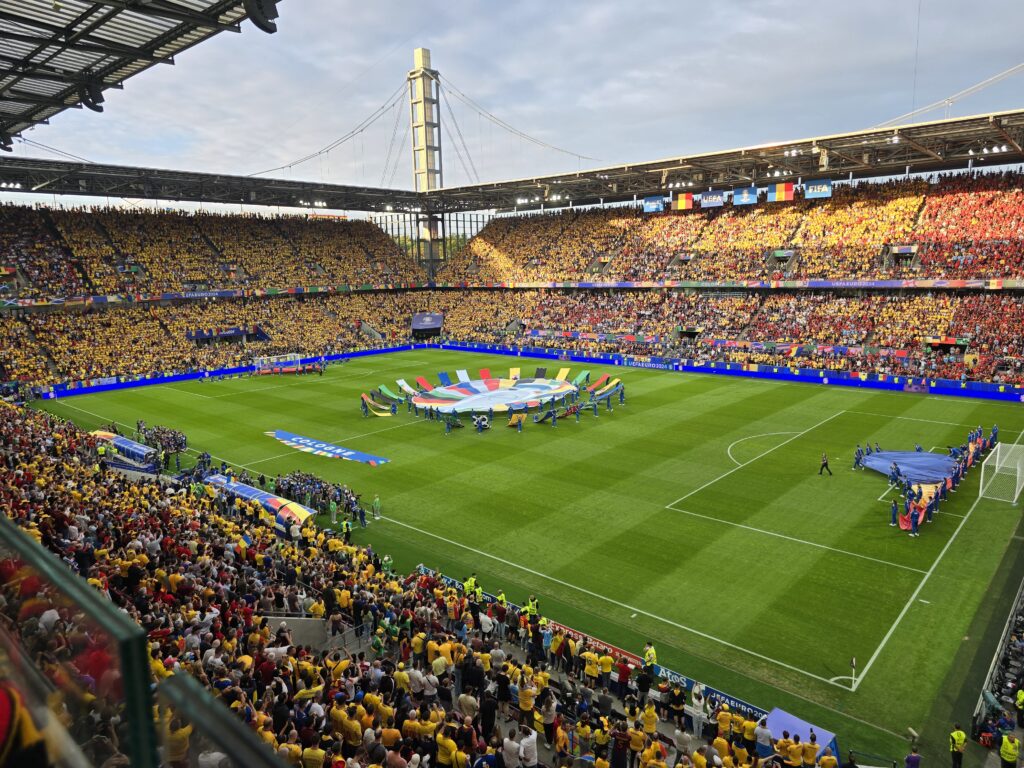
RheinEnergie Stadion
- Cologne, Germany
- 49.827 places
- Opened in 1923
About this place
After the Treaty of Versailles in 1919, Cologne‘s fortifications were removed and the city was left with a large area for new uses. The mayor of Cologne, Konrad Adenauer, wanted to convert the area into a large green space in the middle of which sports facilities would be built. The new construction created 15,000 jobs and was named Müngersdorfer Stadion. The total cost was 47.4 million marks.
Two major renovations of the stadium took place, the first from 1972 to 1975 and the second from 2002 to 2004.
In 1974, with the 1974 World Cup, Cologne wanted to be a host city. The bid was accepted, and soon the city had to work on a new stadium to replace the old Müngersdorfer Stadium. However, the city could not raise the amount of money needed for a stadium of this size. The original plan was for 80,000 seats, which would cost 23.5 million marks. But the total grew and eventually the sum should have been 93.5 million marks. The city could only provide 6 million marks.
The most recent renovation was in 2003. With the new prospects for hosting the return of the World Cup to Germany, the city reacted to build what is now the RheinEnergie Stadion. Like the previous stadiums, there is no athletic track.











